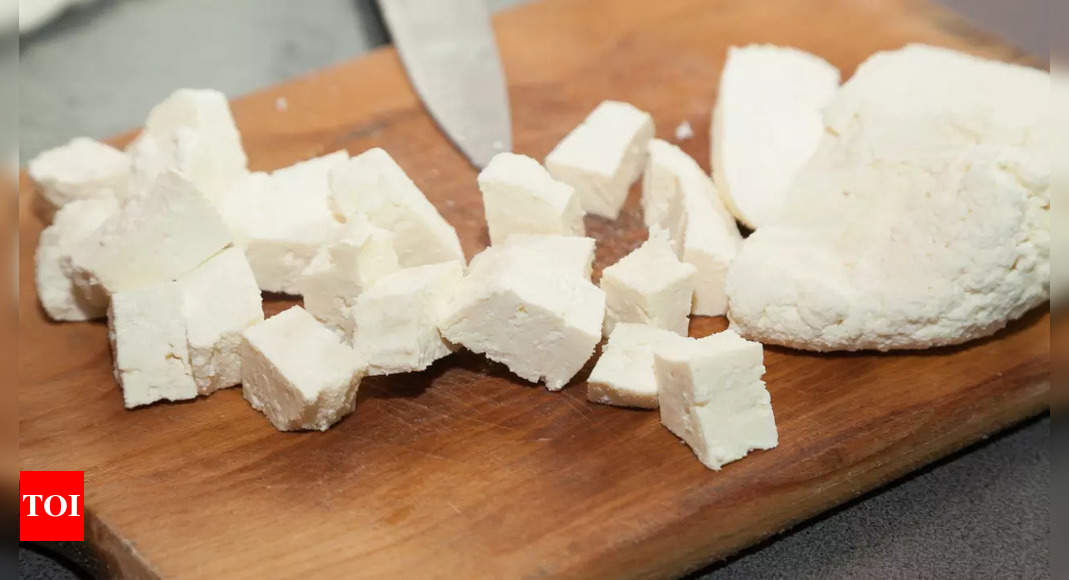
The Science Behind Strong Beer: What Makes It Different from Regular Brews? – News18
Last Updated:
Whether it’s for an intense flavor experience or as a sophisticated lifestyle choice, strong beers continue to dominate the market, offering something for both connoisseurs and casual drinkers alike.
The science behind strong beer goes beyond just increasing alcohol content. It is a meticulous process that involves fine-tuning malt concentration, fermentation time, yeast selection, and hop balance to create a bold yet enjoyable drinking experience.
Strong beers have carved a significant niche in the Indian beer market, accounting for nearly 85% of total beer sales, according to industry reports. This dominance is driven by a combination of cultural preferences, value perceptions, and an evolving consumer palate that seeks both intensity and taste. But what truly sets strong beers apart from their regular counterparts? The answer lies in the brewing science—specifically, the interplay of ingredients, fermentation techniques, and alcohol content.
The Brewing Process: A Balance of Strength and Flavor
At its core, the defining characteristic of a strong beer is its higher alcohol by volume (ABV), achieved through an increased malt concentration and extended fermentation. Avneet Singh, Founder & CEO, Medusa Beverages, explains, “By increasing the malt concentration and extending fermentation time, we allow the yeast to convert more sugars into alcohol, resulting in a higher ABV.” This meticulous process ensures that the beer retains a smooth, enjoyable profile while delivering a bolder drinking experience.
Strong beers, such as those offered by Medusa Beverages, typically have an ABV of around 6%, striking a balance between potency and palatability. According to Singh, “Our strong beer offerings cater to consumers who seek a more intense and flavorful experience. The goal is to maintain a well-rounded mouthfeel, where malt sweetness, hop bitterness, and a clean finish come together harmoniously.”
The Role of Yeast and Fermentation
While malt concentration is a key factor, yeast selection plays an equally crucial role. Anurag Kedia, Co-founder, Lone Wolf, highlights how yeast adaptation affects strong beer production: “Some strains are specially adapted to handle higher alcohol environments, ensuring a clean, well-balanced finish without overwhelming bitterness. At Lone Wolf, we’ve fine-tuned this process to create Lone Wolf Wild, a strong beer that delivers a smooth yet intense drinking experience.”
The fermentation process for strong beers is often longer and more complex than that of regular beers. More fermentable sugars allow yeast to work longer, producing a higher alcohol yield and contributing to richer, more intricate flavors. Kedia adds, “Extended fermentation leads to deeper notes of caramel, toasted grains, and even dark fruit, depending on the malt and yeast strains used.” This careful balance is what gives strong beers their distinctive boldness and depth.
The Hops Factor: Crafting the Perfect Bitterness
Hops play a vital role in maintaining the balance between sweetness and bitterness in strong beers. Regular beers often rely on moderate hop levels to create a refreshing taste, but strong beers require a more calculated approach. “While regular beers may have a straightforward hop profile, strong beers need a careful mix of aroma and bittering hops to prevent excessive sweetness from overpowering the palate,” says Kedia. This results in a well-rounded taste with just the right amount of bitterness to complement the malt-forward character.
The Consumer Shift: Strength Meets Sophistication
The growing popularity of strong beers is largely driven by India’s young, urban demographic. Millennials and Gen Z consumers are increasingly opting for premium strong beers, viewing them as more than just a drink but as a lifestyle choice. Singh observes, “This segment is becoming more discerning, seeking beers that deliver both strength and taste. By innovating with local ingredients and refining our brewing techniques, we aim to meet this demand and enhance the strong beer experience.”
At Lone Wolf, the philosophy is similar—strength must go hand in hand with refinement. “It’s not just about the alcohol content; it’s about creating a beer that is powerful yet sophisticated,” says Kedia. “With Lone Wolf Wild, we’ve harnessed the science behind strong beer to craft a bold, high-ABV brew that retains drinkability without compromising on flavor.”
The science behind strong beer goes beyond just increasing alcohol content. It is a meticulous process that involves fine-tuning malt concentration, fermentation time, yeast selection, and hop balance to create a bold yet enjoyable drinking experience. As consumer preferences evolve, brands are crafting strong beers that not only pack a punch but also deliver depth, complexity, and refined taste. Whether it’s for an intense flavor experience or as a sophisticated lifestyle choice, strong beers continue to dominate the market, offering something for both connoisseurs and casual drinkers alike.










